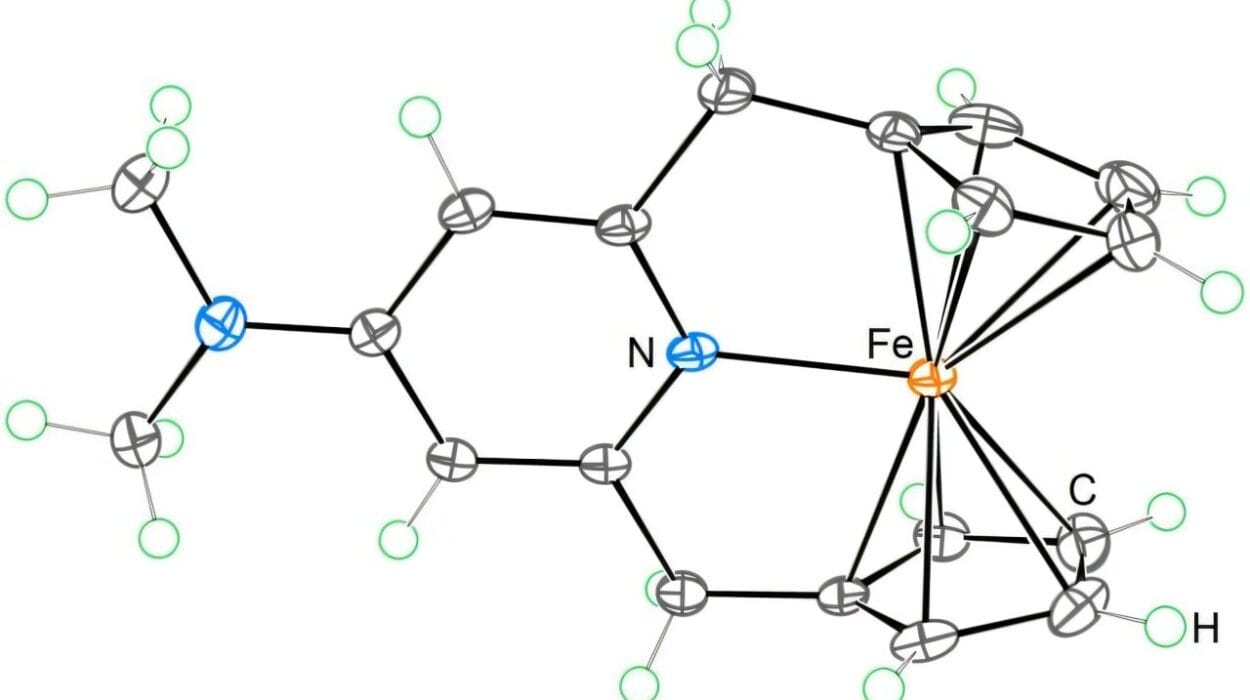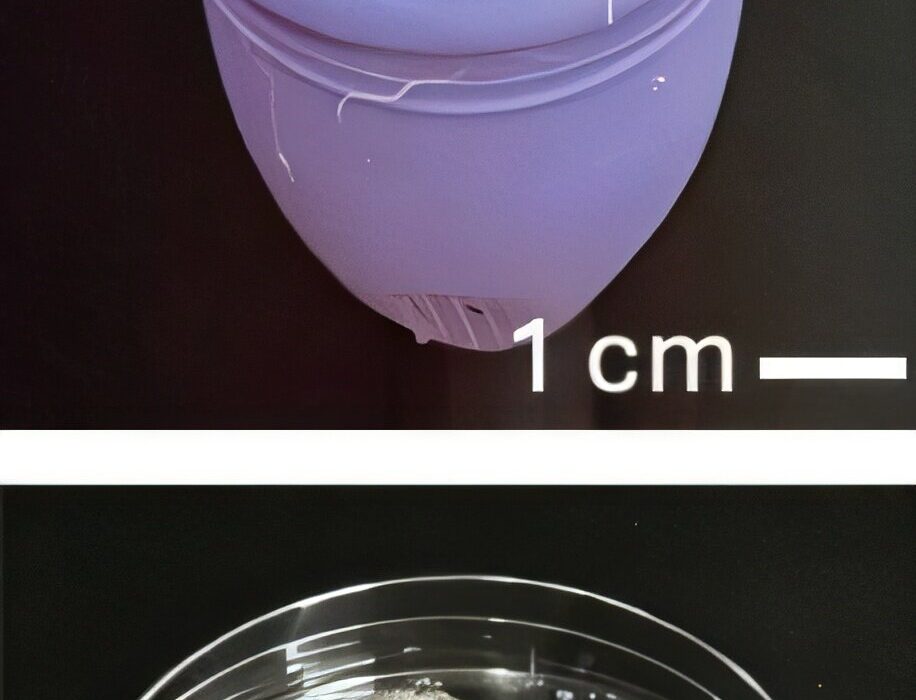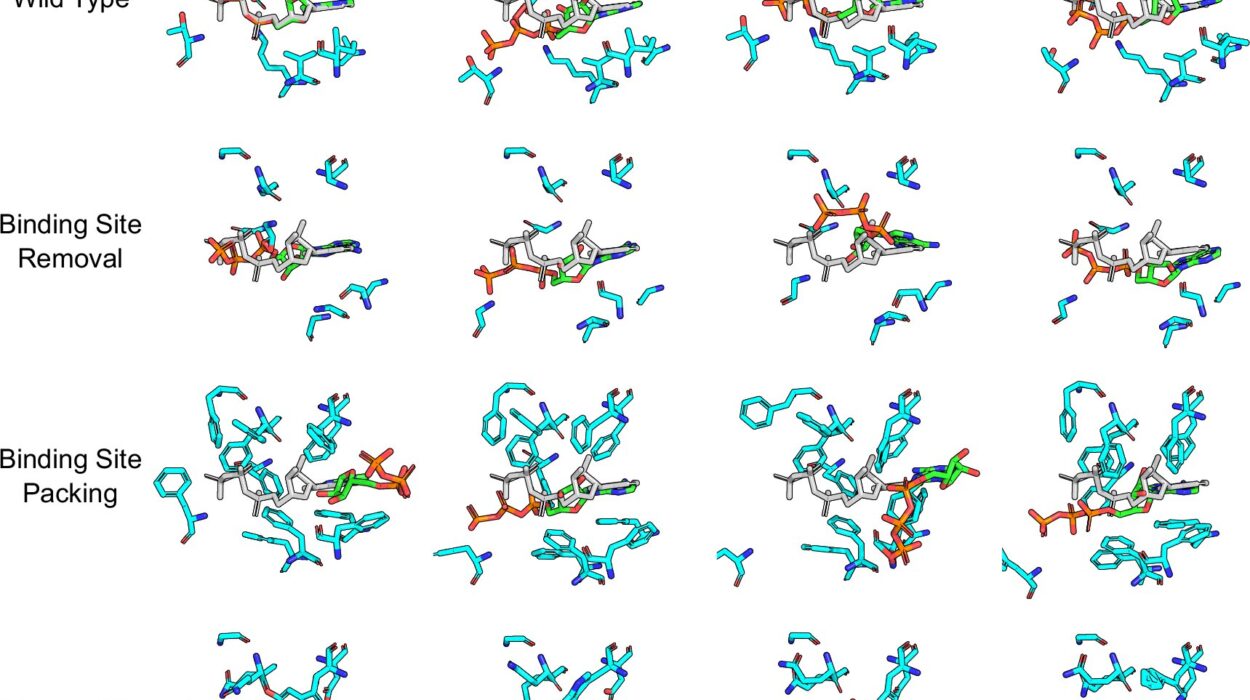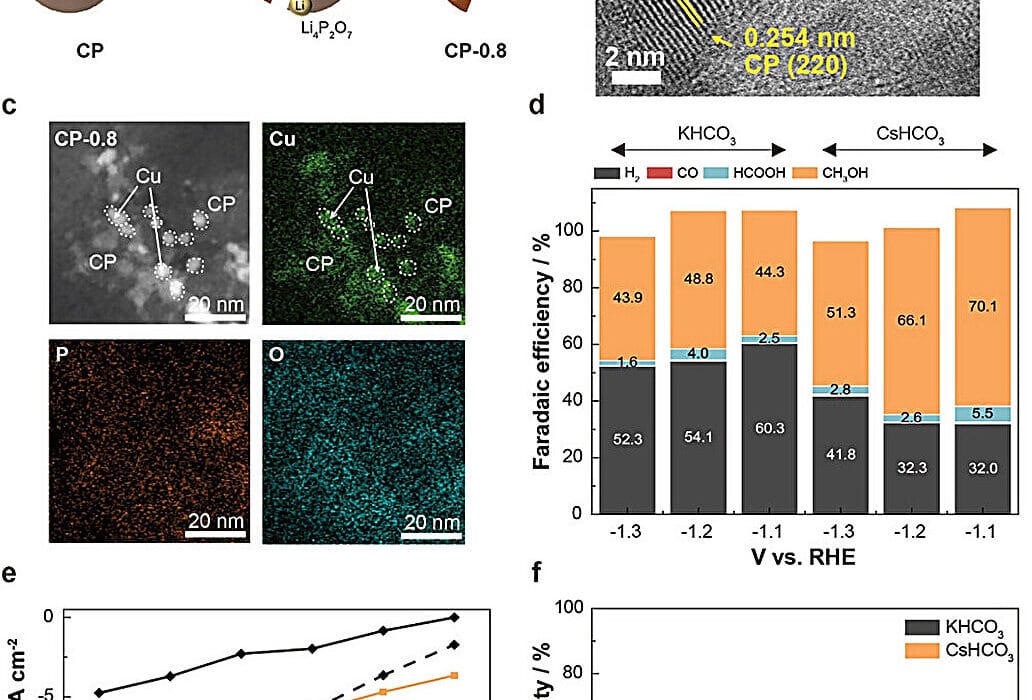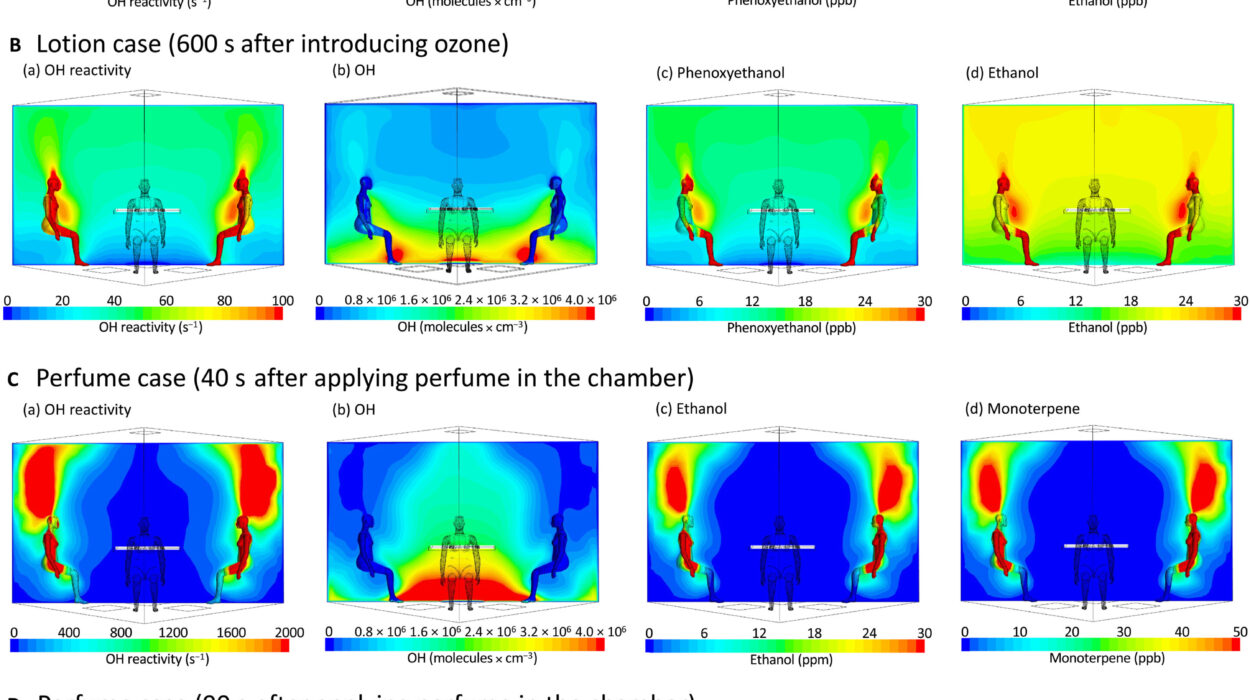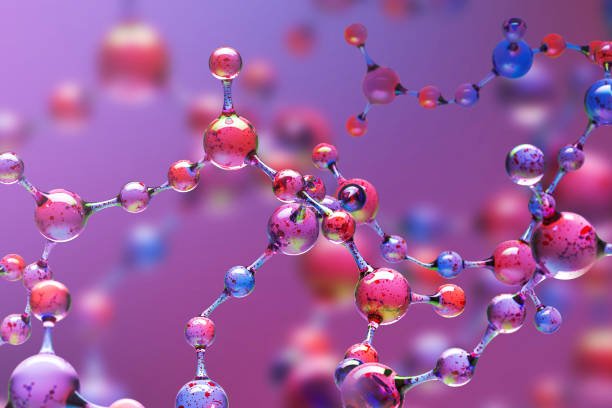Long before Earth teemed with cells, before DNA helixed its way through the machinery of life, our planet was a volatile, alien world. Fierce volcanic eruptions belched smoke into a thin, primitive atmosphere. The surface boiled with geothermal activity, and the landscape bore little resemblance to the blue-and-green planet we know today. Yet somewhere in this tumultuous crucible, the first molecular whispers of life began to stir. But how?
It’s a question that has captivated scientists for decades. Among the leading theories of life’s emergence lies a tantalizing idea: that simple molecules, battered by chance and chemistry, spontaneously gave rise to the complex building blocks of biology. One of those crucial ingredients is ribose, a five-carbon sugar that serves as the structural backbone of RNA, life’s primal genetic material.
For years, many researchers pointed to a particular chemical process—the formose reaction—as the likely source of prebiotic sugars like ribose. But in a recent twist, a team of scientists from Scripps Research and the Georgia Institute of Technology has cast serious doubt on this foundational hypothesis. Published in the journal Chem, their findings not only challenge long-standing assumptions but also open new doors to understanding both the origins of life and the potential for greener biofuel technologies.
The Sugar That Sparked a Revolution
To appreciate the gravity of this discovery, one must understand why ribose matters. Ribose is no ordinary sugar. While we often associate sugars with sweetness and metabolism, ribose is different. It is the scaffold of RNA (ribonucleic acid), which predates DNA in the evolutionary narrative. RNA isn’t just a genetic courier—it can catalyze reactions and self-replicate, making it a plausible candidate for the earliest life-like molecules.
This has led scientists to ponder: how did ribose arise on a lifeless Earth? The most enduring explanation has been the formose reaction, first discovered in 1861 by Russian chemist Aleksandr Butlerov. In theory, it’s a self-propagating cascade in which molecules of formaldehyde, one of the simplest organic compounds, spontaneously combine to form increasingly complex sugars—eventually, sugars like ribose.
The appeal of the formose reaction lies in its simplicity. Formaldehyde is abundant in space and believed to have been present on early Earth, deposited by meteorites and generated by volcanic activity. The idea that these molecules could assemble themselves into the building blocks of life—without the need for enzymes or biological catalysts—was seductive. But as the new study reveals, the reality is much messier.
A Reaction Too Wild to Tame
“The formose reaction is like a runaway train,” says Ramanarayanan Krishnamurthy, professor of chemistry at Scripps Research and one of the study’s senior authors. “Once it starts, it’s very hard to stop.”
The classical formose reaction requires harsh conditions: high temperatures and highly basic environments, with a pH around 12 to 13. That’s extremely caustic—more akin to industrial cleaning agents than the gentle tide pools envisioned by many origin-of-life theorists. Moreover, the reaction tends to spiral out of control, producing a chaotic medley of sugars and side products. The mixture quickly darkens—from clear to yellow, then brown, and finally black—as the molecules caramelize and degrade.
“It’s almost like watching sugar burn,” Krishnamurthy quips. “Except it’s molecular mayhem.”
Despite this, ribose can form during the reaction—at least in theory. But only in trace amounts. The vast majority of the sugars produced are chemically branched, rather than linear, which is a critical distinction. Life’s sugars—like those in RNA—require a straight-chain architecture. Branched sugars simply don’t fit into the molecular machinery of cells.
So, Krishnamurthy and his colleagues set out to investigate: Could the formose reaction be tamed? Could its sugar chaos be reined in under milder, more life-friendly conditions?
Testing Ancient Waters
To mimic a more plausible early Earth scenario, the researchers modified the experimental parameters. Rather than pushing the reaction to extremes, they dialed it down—lowering the temperature to room level and adjusting the pH to a more neutral 8, closer to the chemistry found in natural water bodies.
They then added labeled formaldehyde and monitored the reaction over several days using a technique called nuclear magnetic resonance (NMR) spectroscopy, which allows scientists to trace the pathways of molecular transformations with exquisite precision.
Their goal was not just to see what sugars were produced, but how they formed, and whether any signs of ribose or other biologically relevant molecules emerged under these gentler conditions.
The results were unambiguous—and surprising.
Even under these carefully controlled and subdued conditions, the reaction quickly devolved into complexity. Just as in the traditional setup, the formose reaction rapidly spiraled into a dense network of reactions, consuming all the formaldehyde and yielding a tangled web of sugar products.
Crucially, every single larger sugar the researchers observed had a branched structure. Not a single linear sugar like ribose was detected.
“This reactivity is intrinsic to formaldehyde,” explains Krishnamurthy. “It doesn’t just make a few molecules and stop. It just keeps going, reacting with itself and making more and more branched compounds.”
A Crumbling Hypothesis
This outcome poses a serious challenge to one of the cornerstone ideas of prebiotic chemistry. The formose reaction, long thought to be a plausible path to ribose, may simply not be able to produce the sugars life needs—at least not under the conditions we can reasonably expect on early Earth.
“Our results cast doubt on the formose reaction as the basis for the formation of linear sugars,” adds Charles Liotta, Regents’ Professor Emeritus at Georgia Tech and co-senior author of the study.
This isn’t just a blow to a popular hypothesis. It’s a call to reimagine one of the most fundamental aspects of how life could have emerged from the raw materials of a lifeless world.
If the formose reaction can’t account for ribose, then what can?
Krishnamurthy doesn’t claim to have the answer—but he’s certain that it’s time to explore alternatives.
“There are other models,” he says. “Other chemical pathways, perhaps involving minerals, or more selective catalysts that could guide the formation of linear sugars. But we need to stop relying on the formose reaction as a catch-all explanation.”
Opportunity in the Unexpected
While the findings may have narrowed one path in the quest for life’s origins, they have opened another—this time in the realm of biofuels.
Ironically, the very property that makes the formose reaction unsuitable for prebiotic sugar synthesis—its tendency to produce branched sugars—could be highly desirable in industrial chemistry.
Branched sugars are chemically dense and energy-rich, making them excellent precursors for advanced biofuels. With fossil fuels becoming increasingly unsustainable, there’s growing interest in biological and synthetic routes to create renewable energy sources.
“What we’ve discovered is that, under milder and more controllable conditions, we can reliably produce a range of branched sugars,” says Krishnamurthy. “This could be a boon for green chemistry and the development of next-generation biofuels.”
A Future Beyond Formose
The implications of this study stretch far beyond the bubbling flasks of the laboratory. In the broader narrative of science, it’s a vivid reminder of the iterative nature of discovery. Even cherished theories must yield to evidence, and even failed experiments can lead to fruitful surprises.
Krishnamurthy emphasizes that his team isn’t abandoning the formose reaction altogether. Rather, they’re offering a clear-eyed assessment of its limitations—and a nudge to the scientific community to think outside its well-worn boundaries.
“Our goal was to shine a spotlight on the problems,” he says. “We’re not saying this is the end of the story. We’re saying that if this is your starting point, here are the obstacles you need to overcome.”
It’s a perspective that embodies the spirit of science itself: not a destination, but a journey of ever-deepening questions. If the formose reaction isn’t the answer to life’s origin, then perhaps its failure will illuminate the path to something better—something truer to the strange, improbable chemistry that gave rise to us all.
Reference: Scot M. Sutton et al, Abiotic aldol reactions of formaldehyde with ketoses and aldoses—Implications for the prebiotic synthesis of sugars by the formose reaction, Chem (2025). DOI: 10.1016/j.chempr.2025.102553

